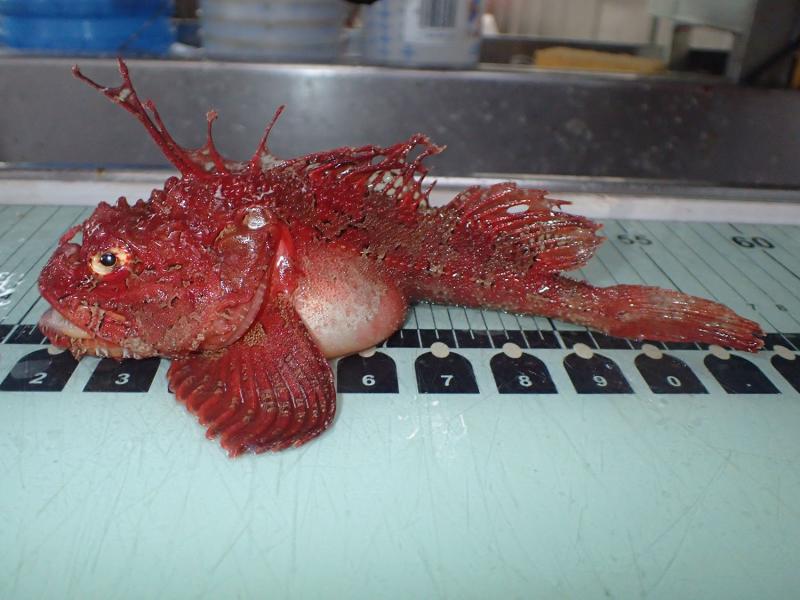On November 15, Northeast Fisheries Science Center staff finished the 2021 fall bottom trawl survey aboard the NOAA Ship Henry B. Bigelow. Those aboard conducted resource survey tows and temperature and salinity sampling at 353 of 377 planned stations (94 percent completion). They sampled for plankton at 110 of 116 planned stations (95 percent completion.)
This year’s fall survey occurred in three legs, moving from south to north. The survey got underway as planned on September 11 and concluded on November 15.
Temperature and salinity profiles collected during the survey help link fish distribution to physical oceanographic conditions. Ichthyoplankton (larval fish and eggs) collected help with understanding spawning distributions and with estimating changes in fish abundance. Zooplankton (tiny animals and immature stages of some larger ones) collected tell researchers about the ocean food web. They are used to construct models that support ecosystem-based fisheries management.
The NOAA Ship Henry B. Bigelow supports a variety of marine research. However, this multispecies bottom-trawl survey is the most important of its missions for monitoring the region’s fishery resources. It is the longest running of its kind in the world. Data collected are used to monitor the distribution and relative abundance of fish and invertebrate species on the continental shelf and upper slope of the Northwest Atlantic Ocean.






